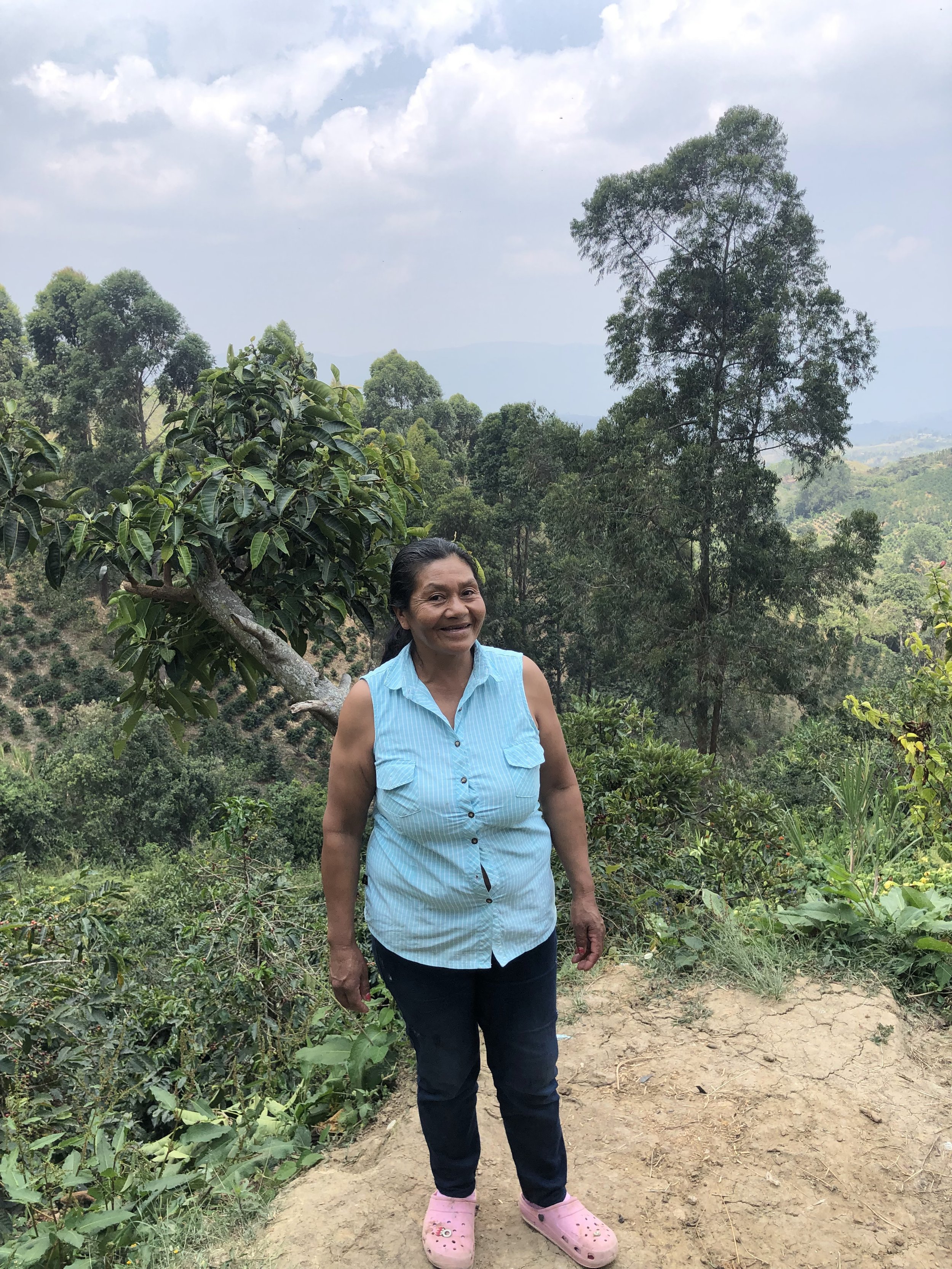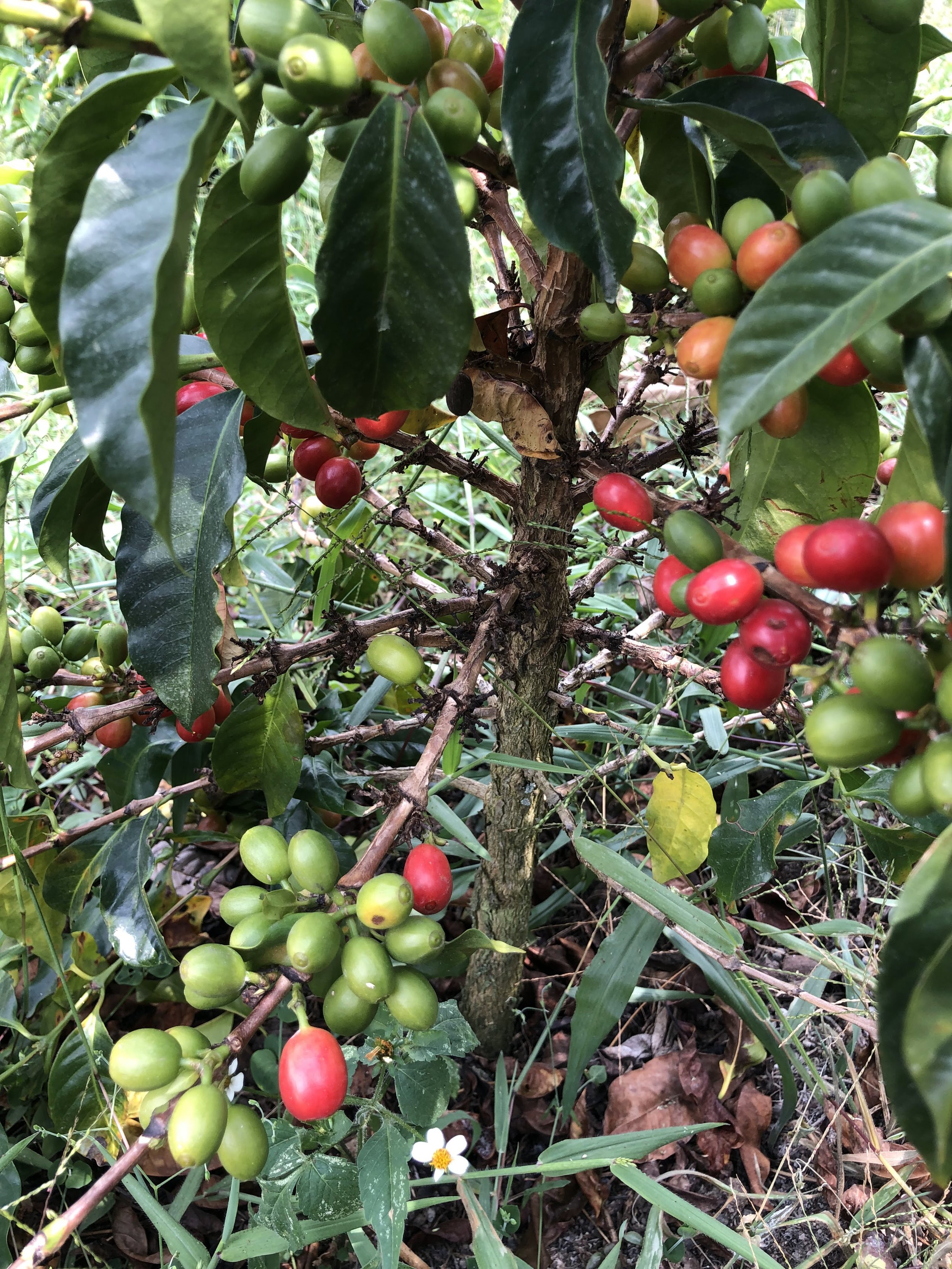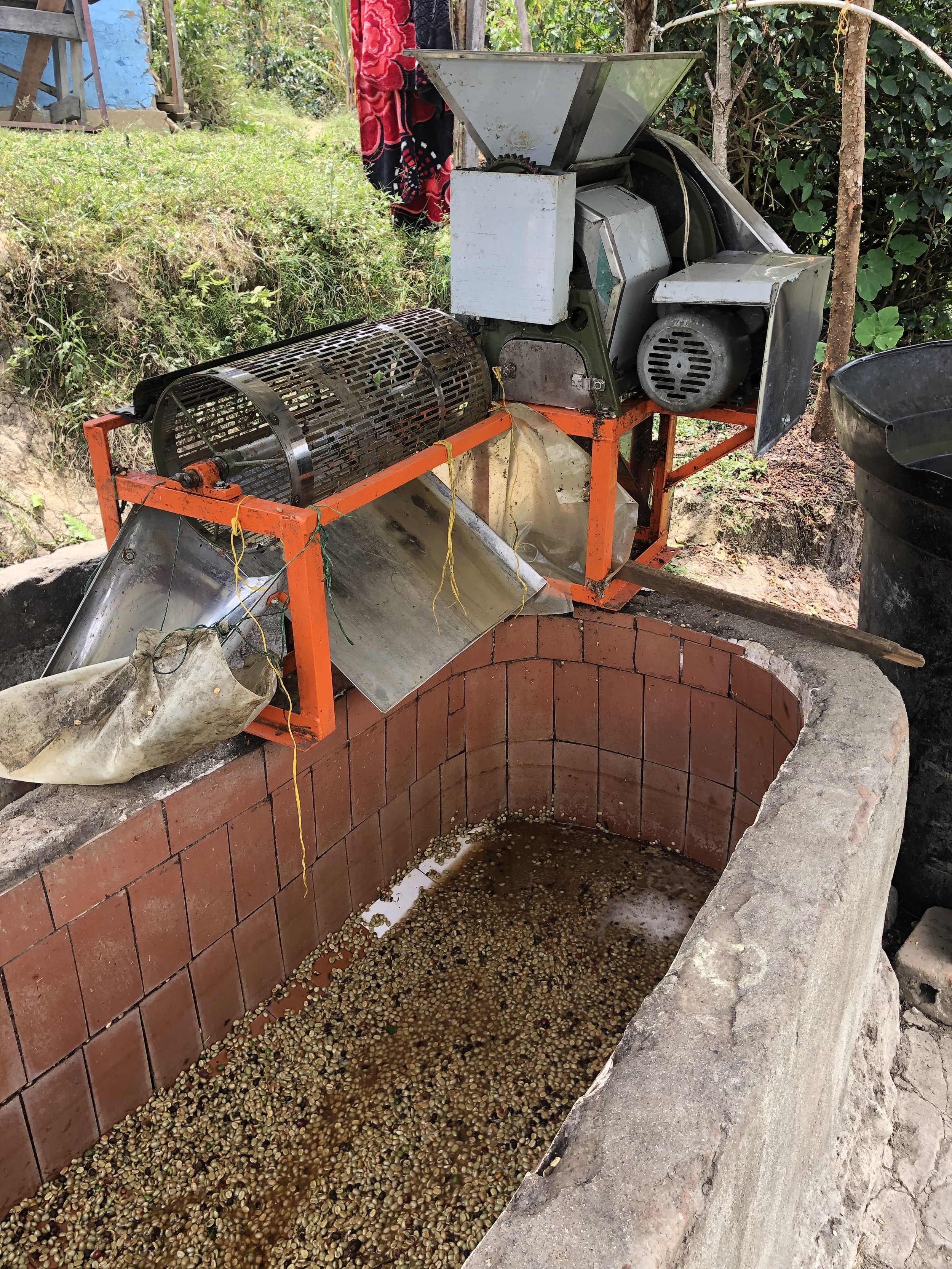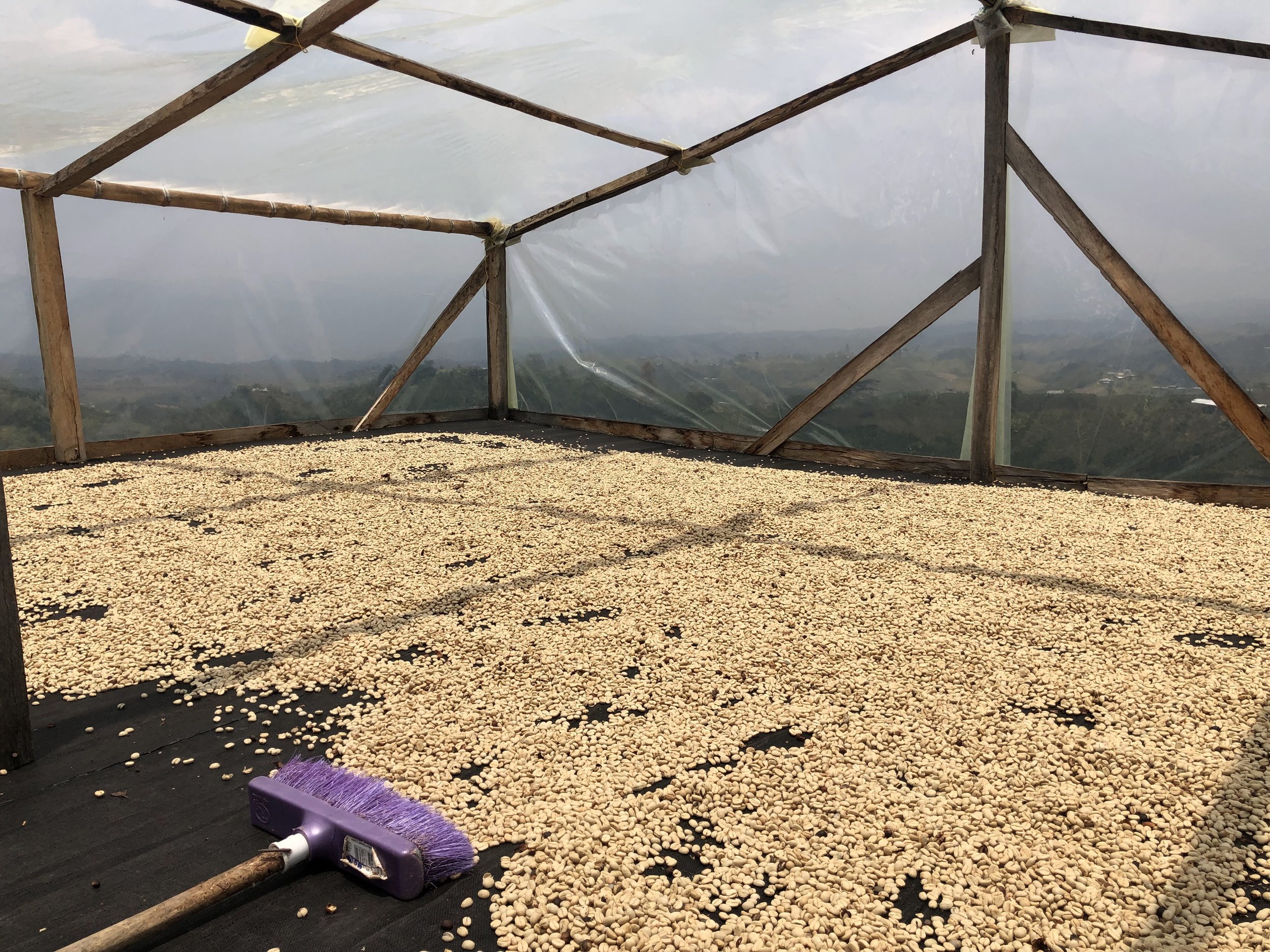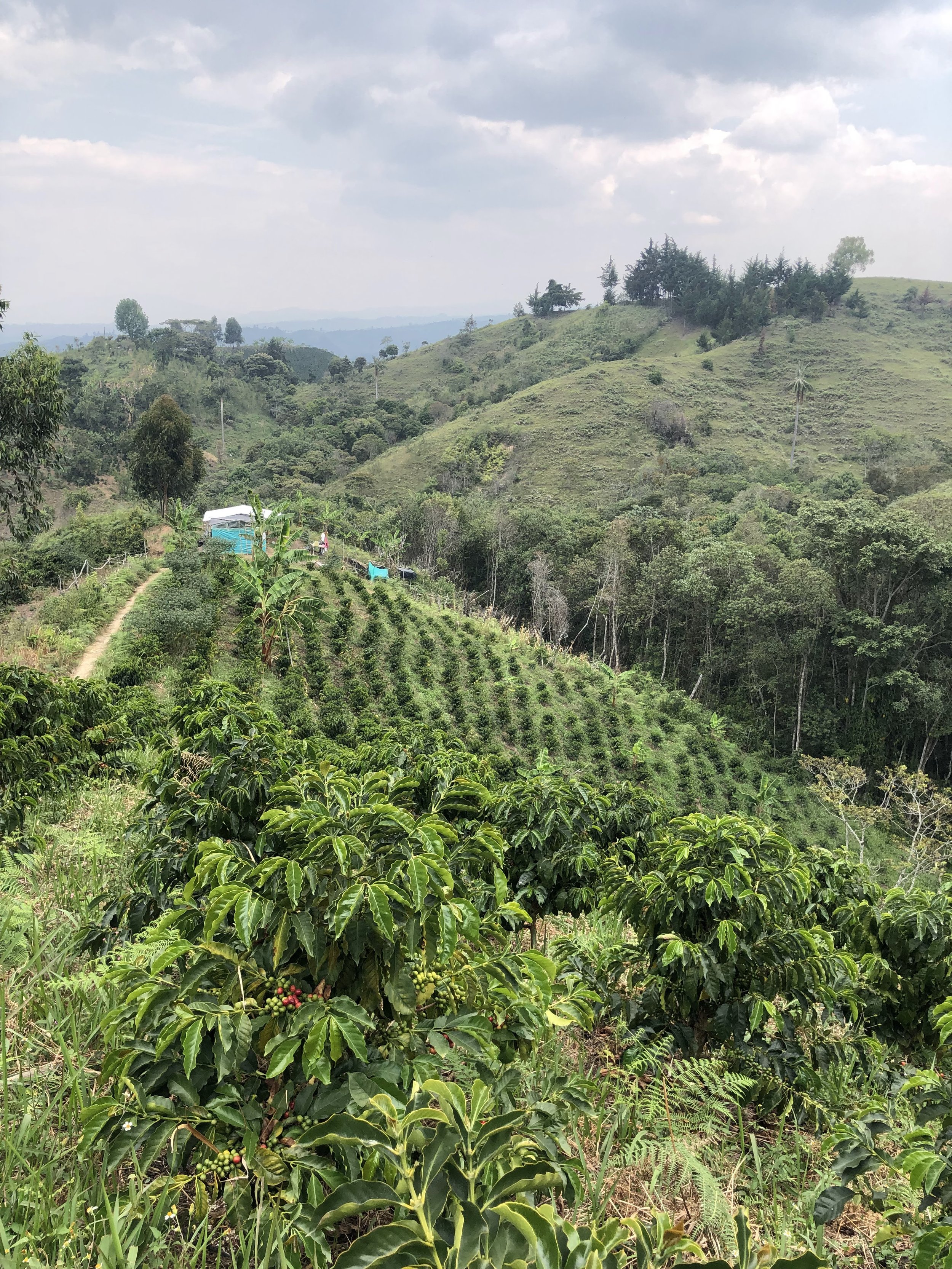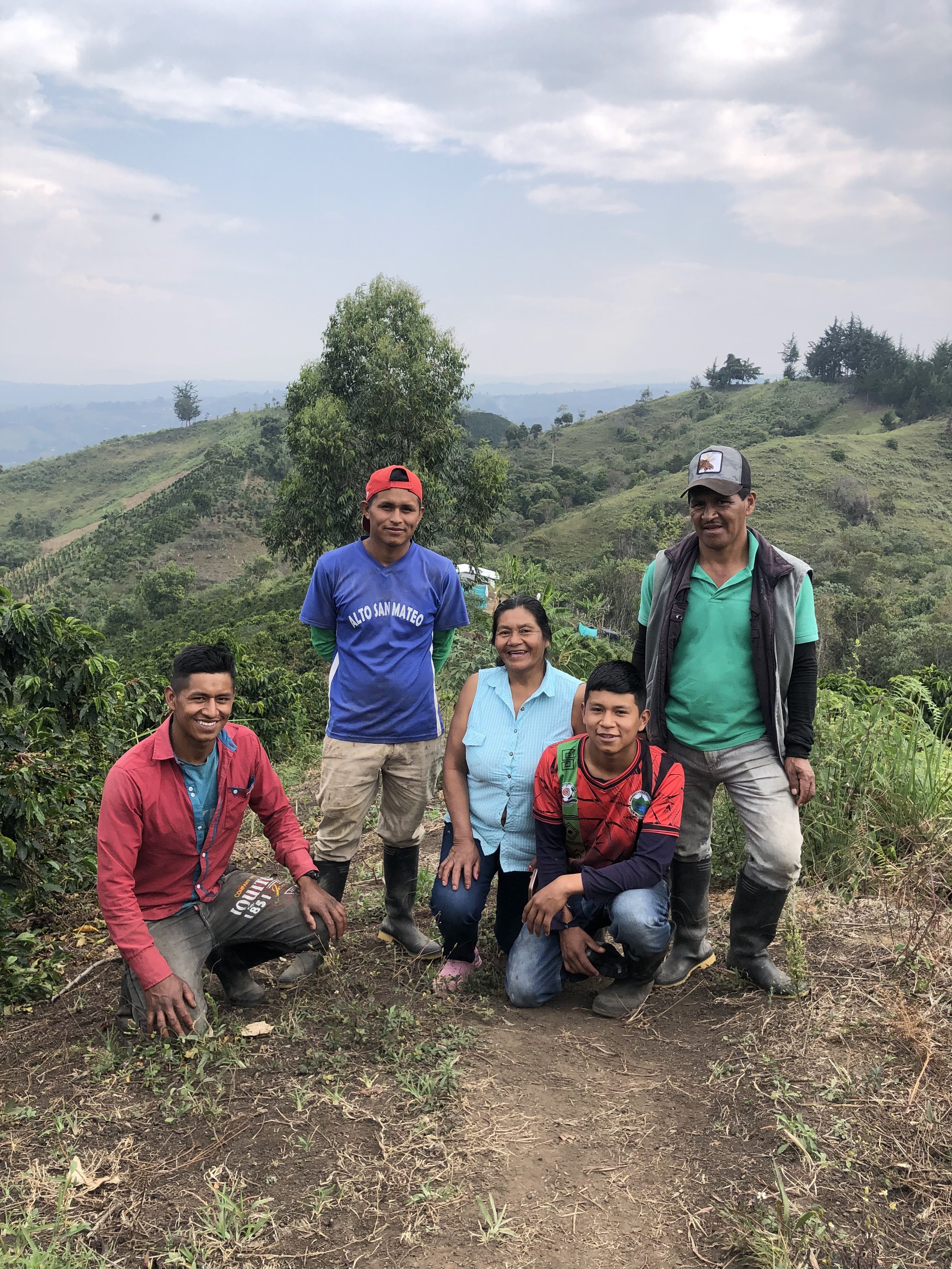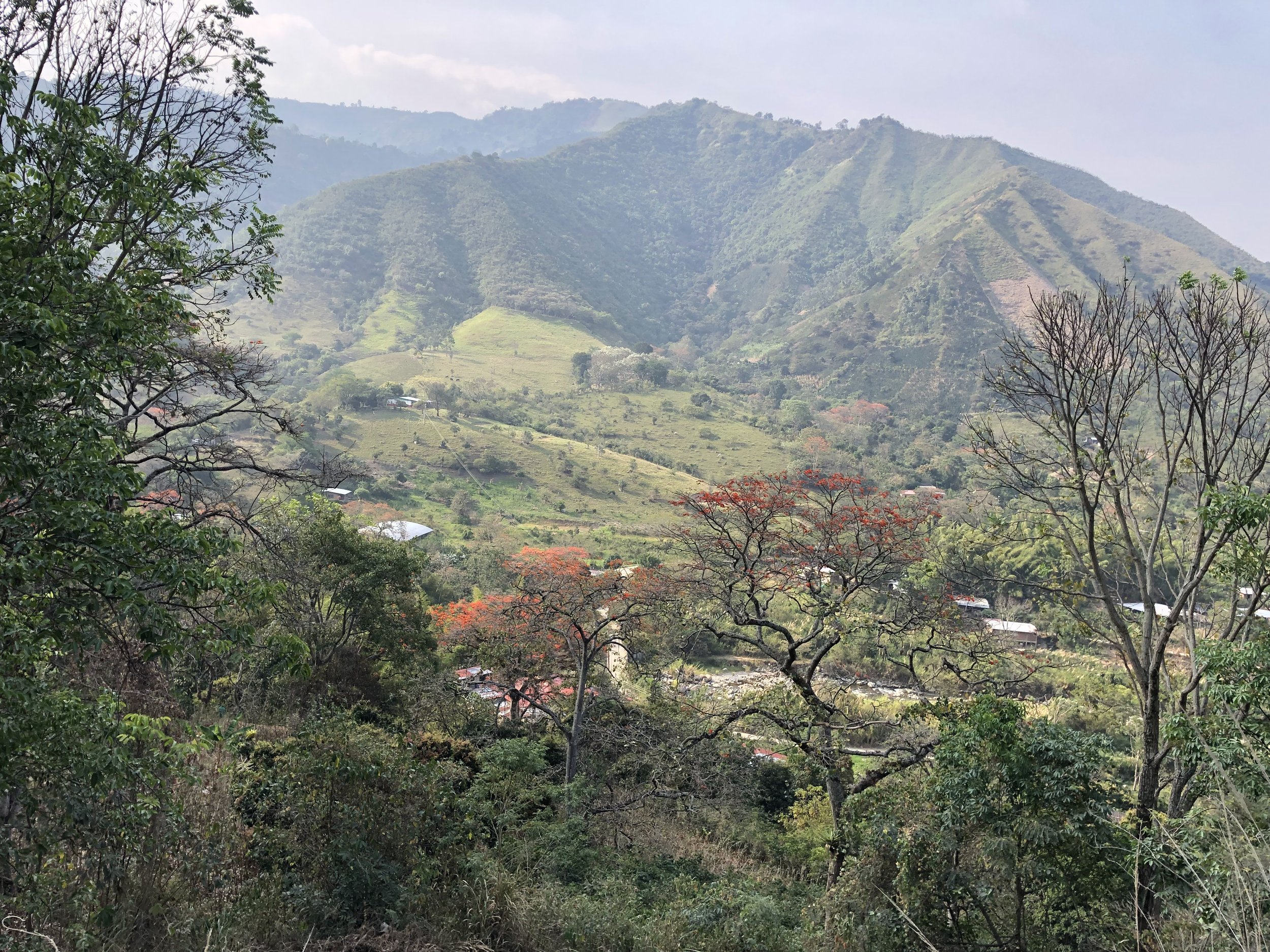Doña - COLOMBIA
We’re tasting jasmine and caramel
Farm: Alto Mateo, Huila
Varietal: Caturra, Colombia
Process: Fully washed
Altitude: 1,970 metres above sea level
Doña Luisa Camacho owns her own plot of coffee farm land in Alto Mateo where she is growing both Caturra and Colombia varietals with the hope of one day creating a naturally occuring hybrid varietal! Each member of Luisa’s family independently own their individual plots of land.
The family operate as a ‘minga’, meaning all members work together on their land, eliminating the need to hire outside labour.
We’re tasting jasmine and caramel
Farm: Alto Mateo, Huila
Varietal: Caturra, Colombia
Process: Fully washed
Altitude: 1,970 metres above sea level
Doña Luisa Camacho owns her own plot of coffee farm land in Alto Mateo where she is growing both Caturra and Colombia varietals with the hope of one day creating a naturally occuring hybrid varietal! Each member of Luisa’s family independently own their individual plots of land.
The family operate as a ‘minga’, meaning all members work together on their land, eliminating the need to hire outside labour.
We’re tasting jasmine and caramel
Farm: Alto Mateo, Huila
Varietal: Caturra, Colombia
Process: Fully washed
Altitude: 1,970 metres above sea level
Doña Luisa Camacho owns her own plot of coffee farm land in Alto Mateo where she is growing both Caturra and Colombia varietals with the hope of one day creating a naturally occuring hybrid varietal! Each member of Luisa’s family independently own their individual plots of land.
The family operate as a ‘minga’, meaning all members work together on their land, eliminating the need to hire outside labour.
Luisa’s coffee is a mix of the previously ubiquitous caturra with the newly introduced colombia varietal. Caturra used to be the main varietal planted in Colombia and greatly contributed to the country’s fame for cup quality. Nowadays this varietal has become very susceptible to leaf rust and has largely been replaced with Colombia.
Picking usually starts on Monday, and since only family members harvest the cherries, the daily volume is small. Each day's harvest is depulped and placed in an open tank to ferment aerobically. The following day, the newly harvested coffee is depulped and added on top of the previous day's batch. This process continues for 2 to 5 days, gradually forming layers of depulped coffee in the same tank, which Colombians sometimes refer to as a 'torta' or cake. This processing technique is common amongst smallholders and often yields excellent results, despite being against the good practice theories.

